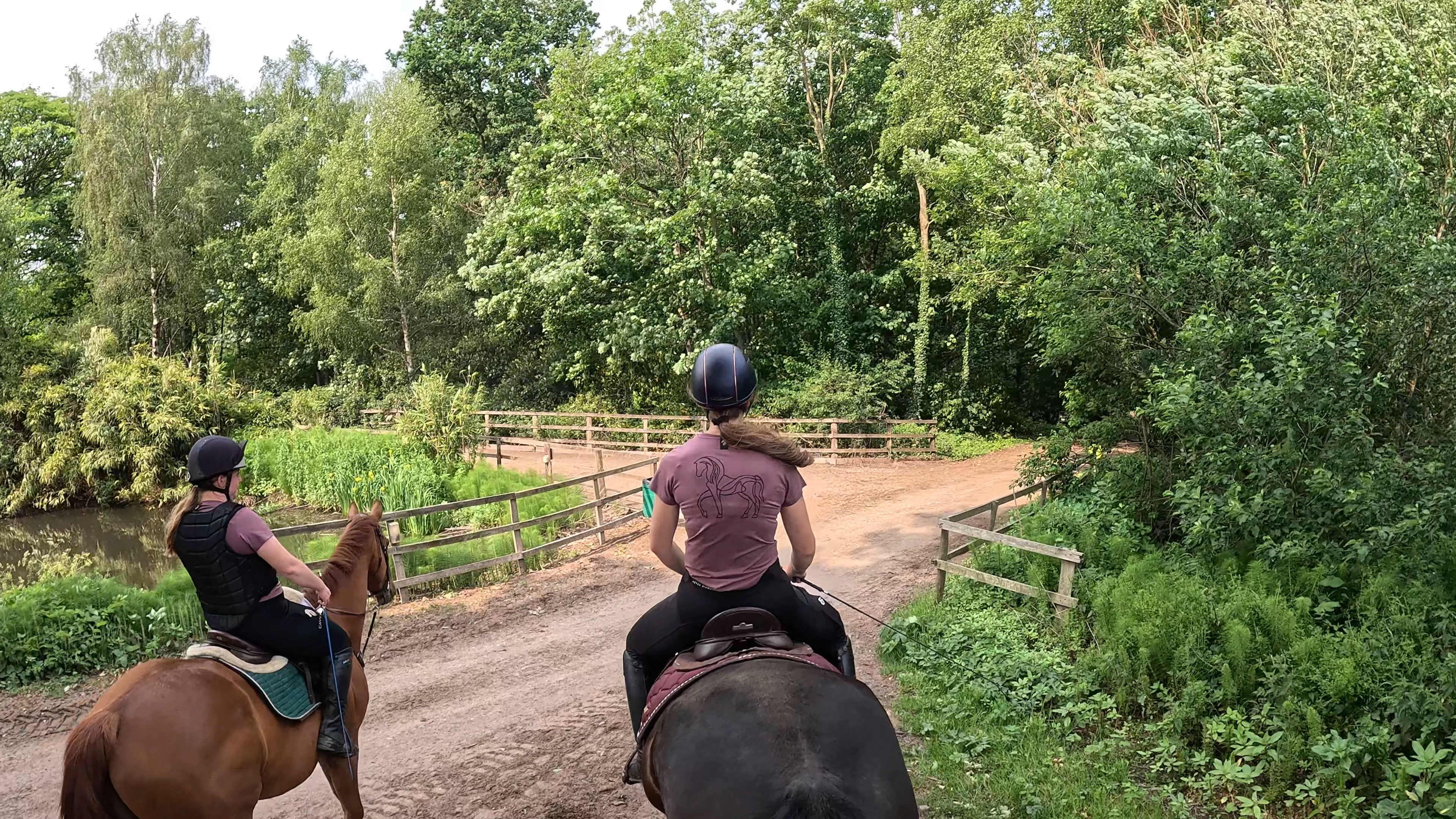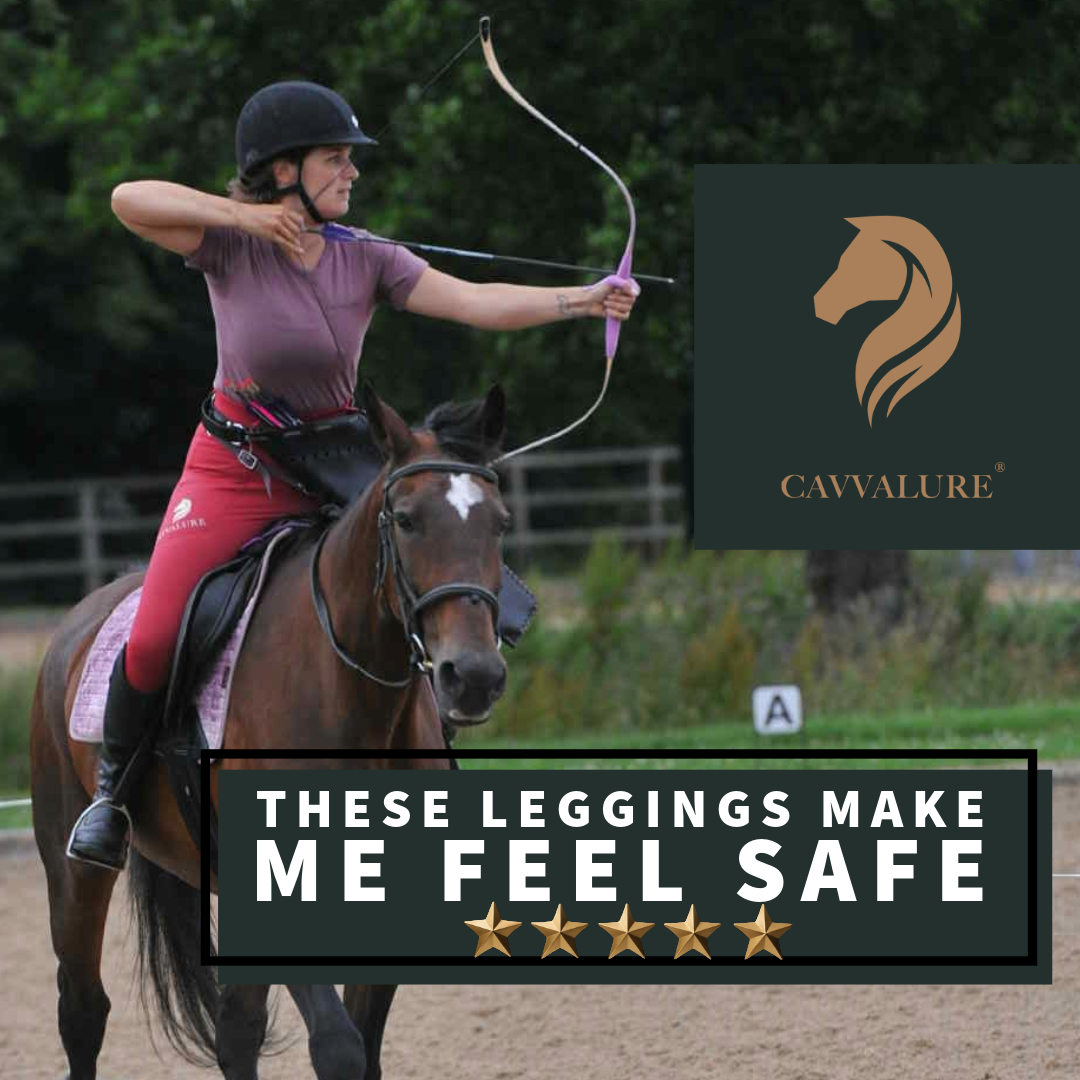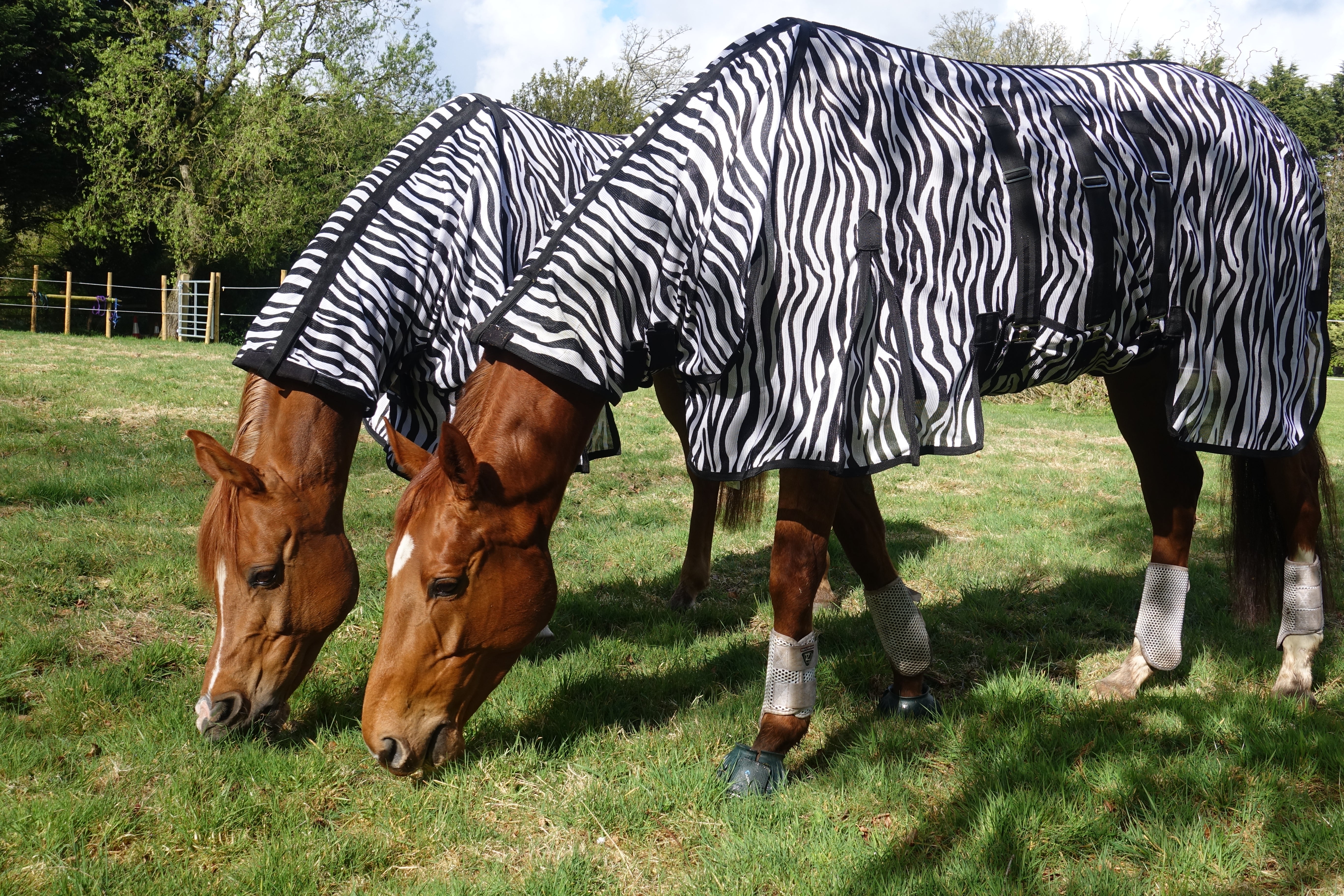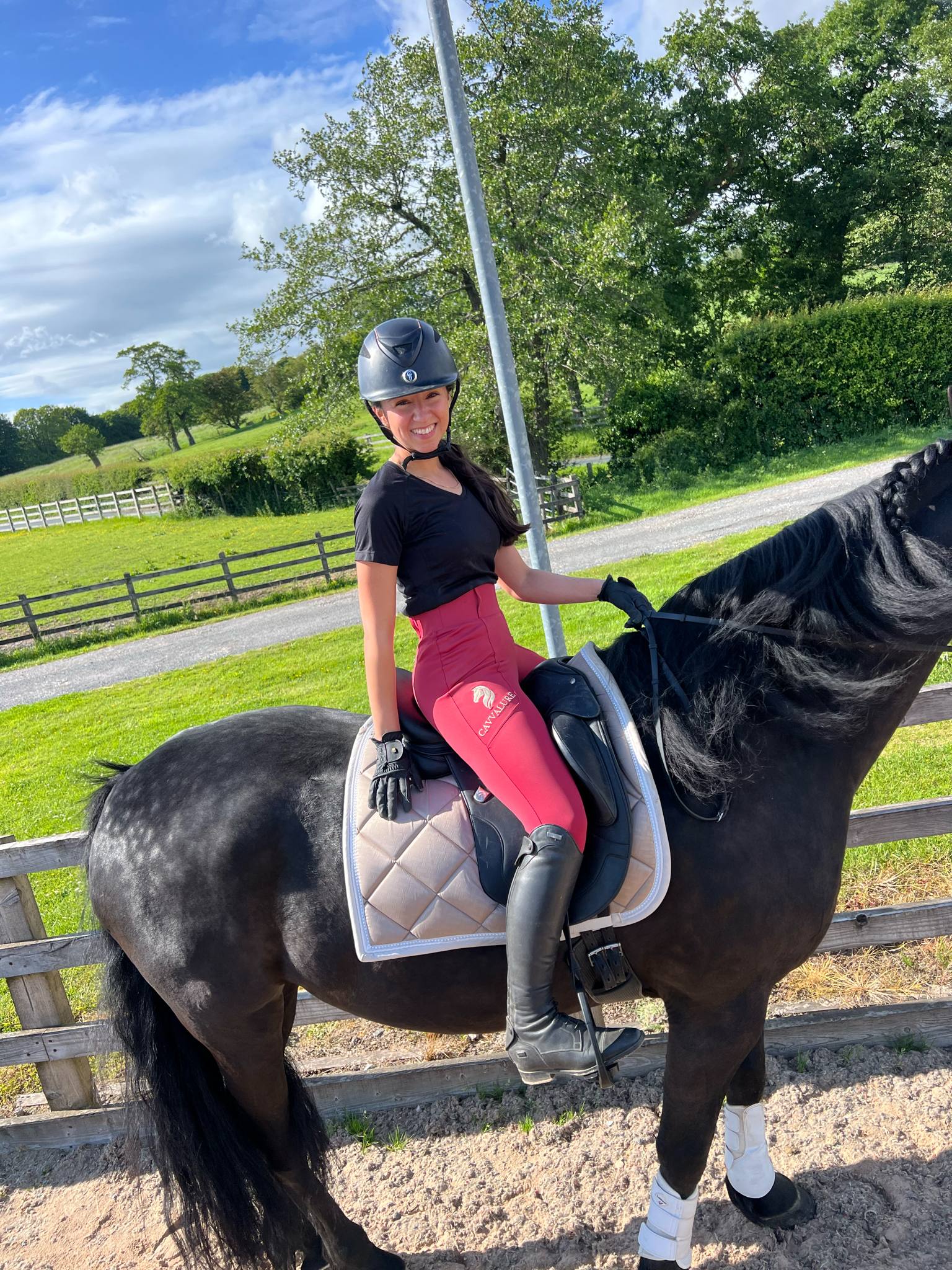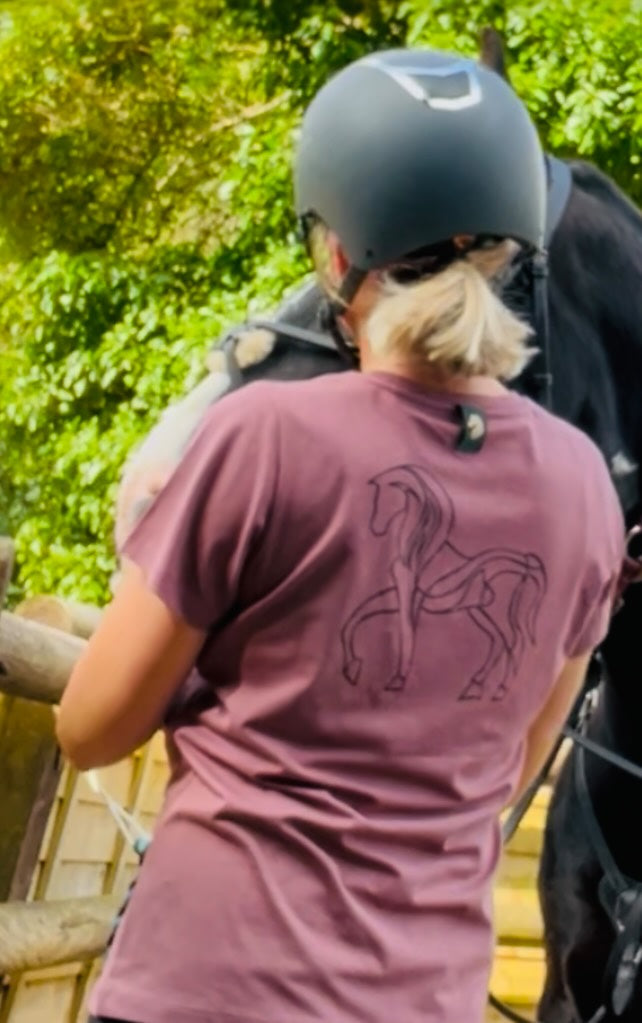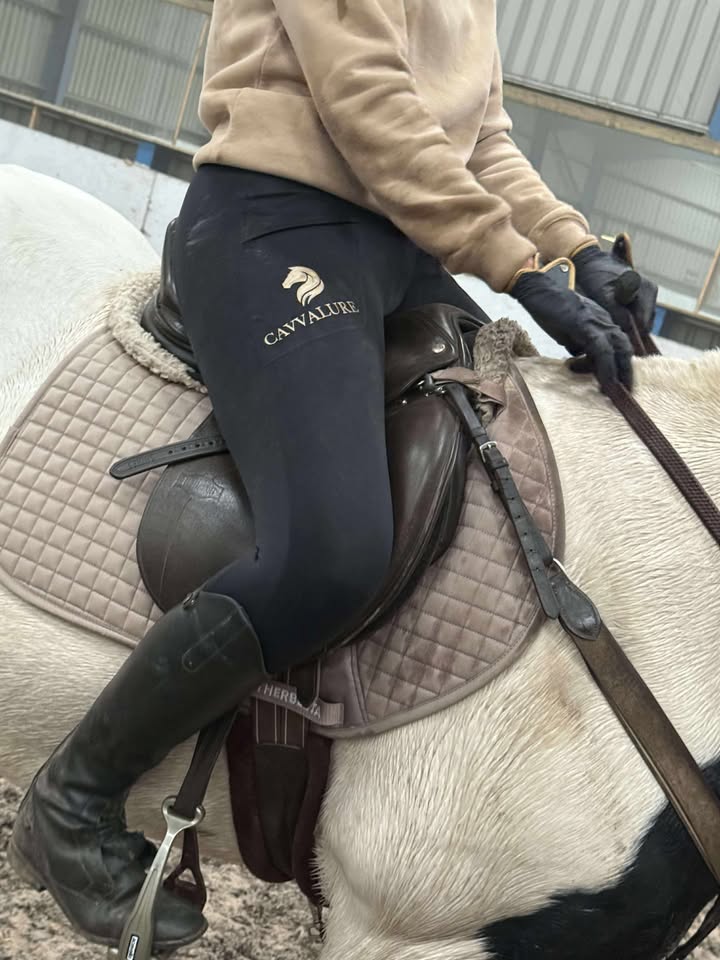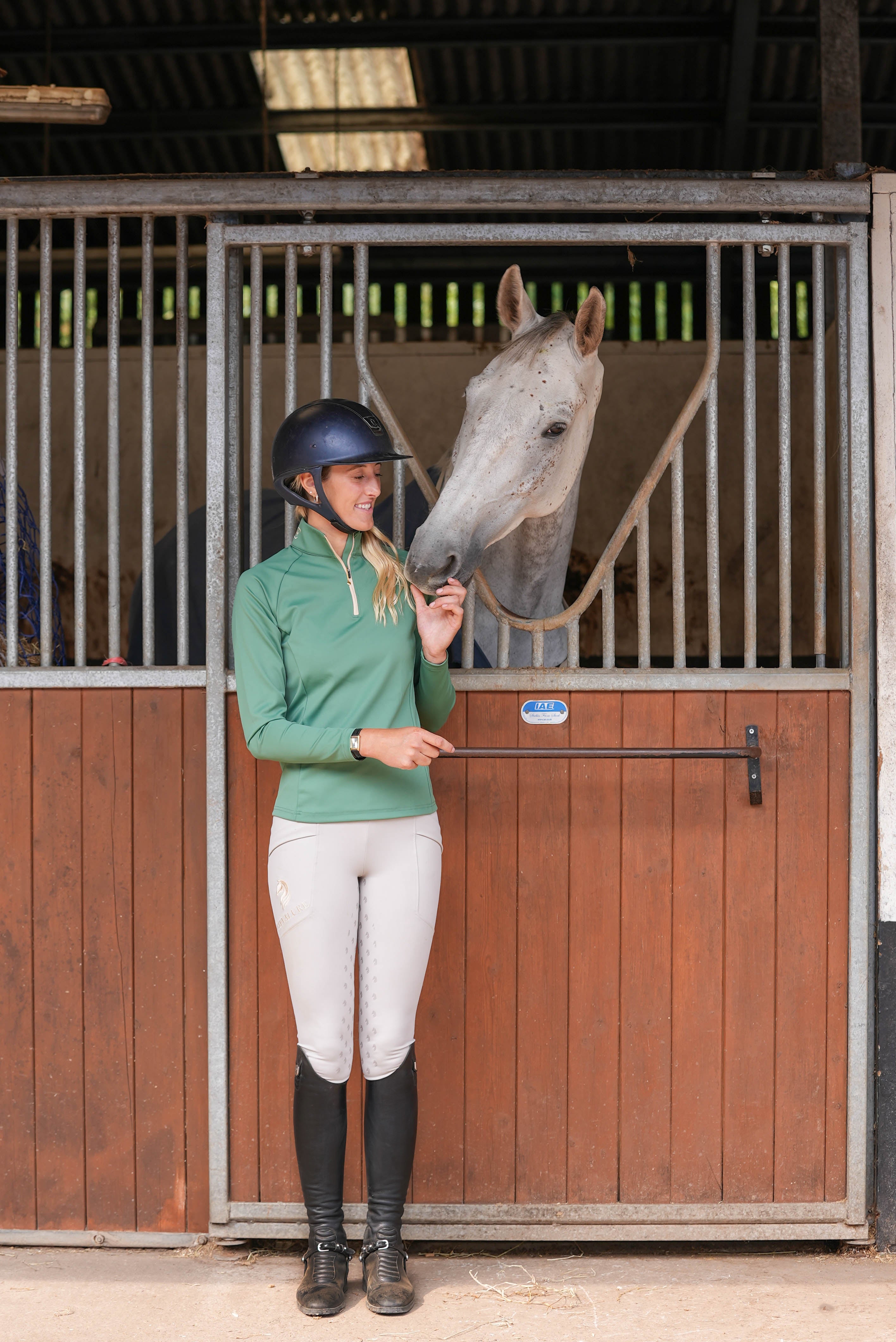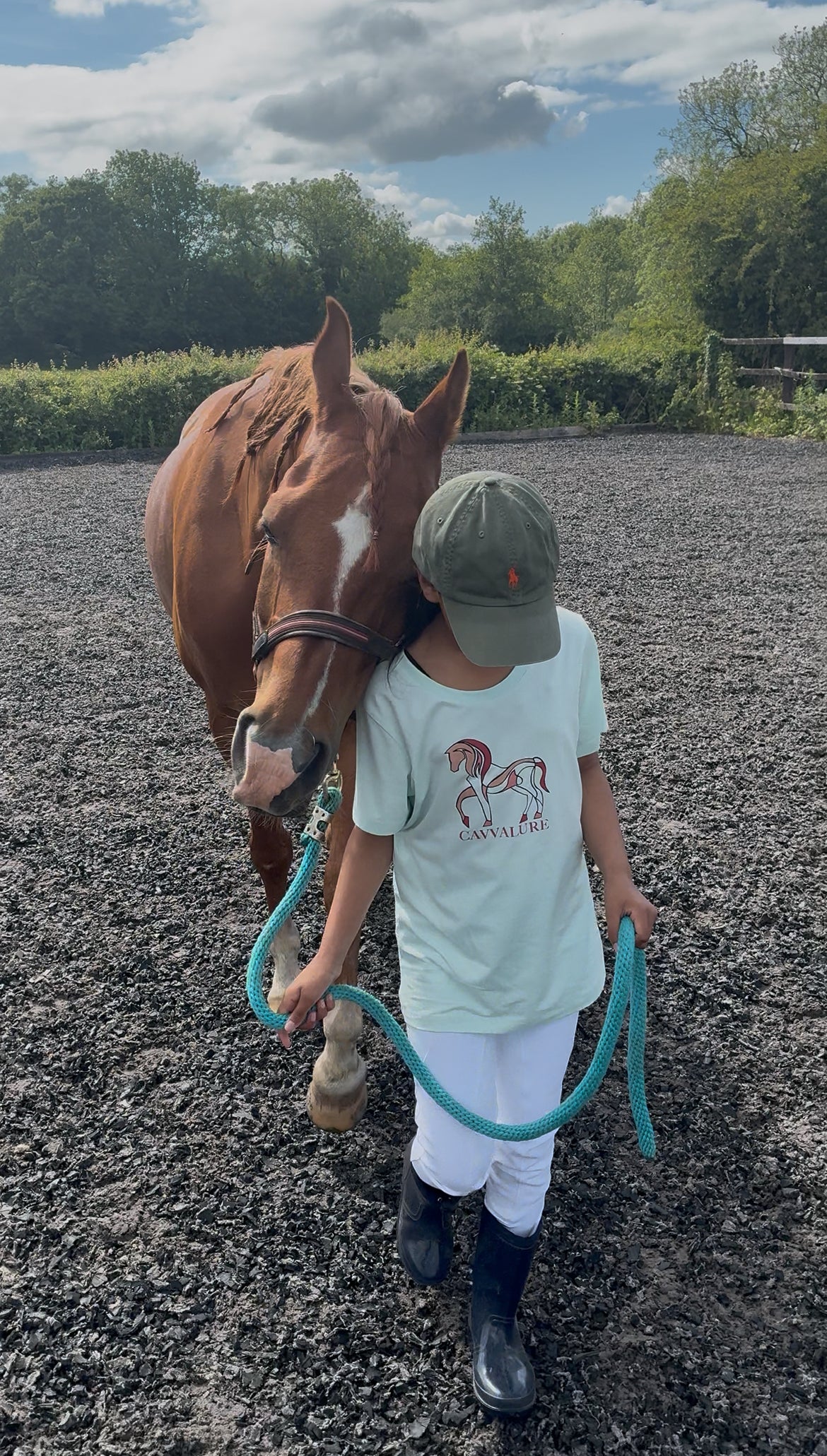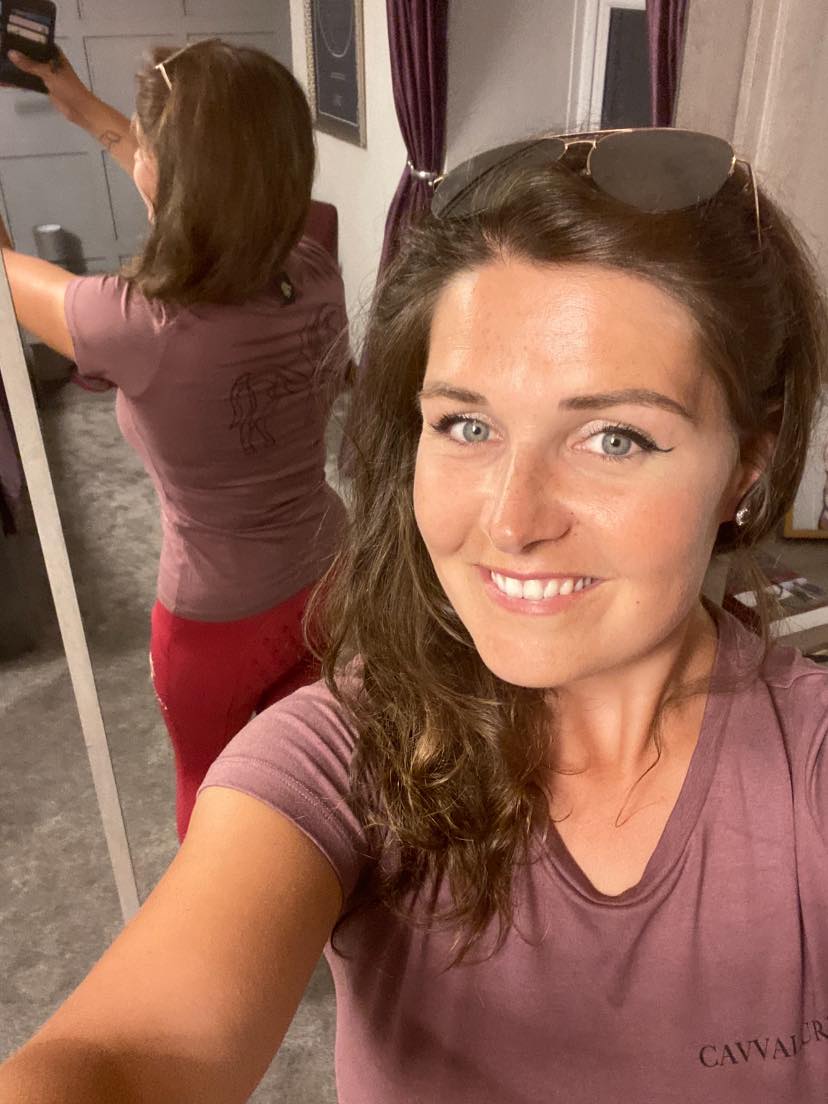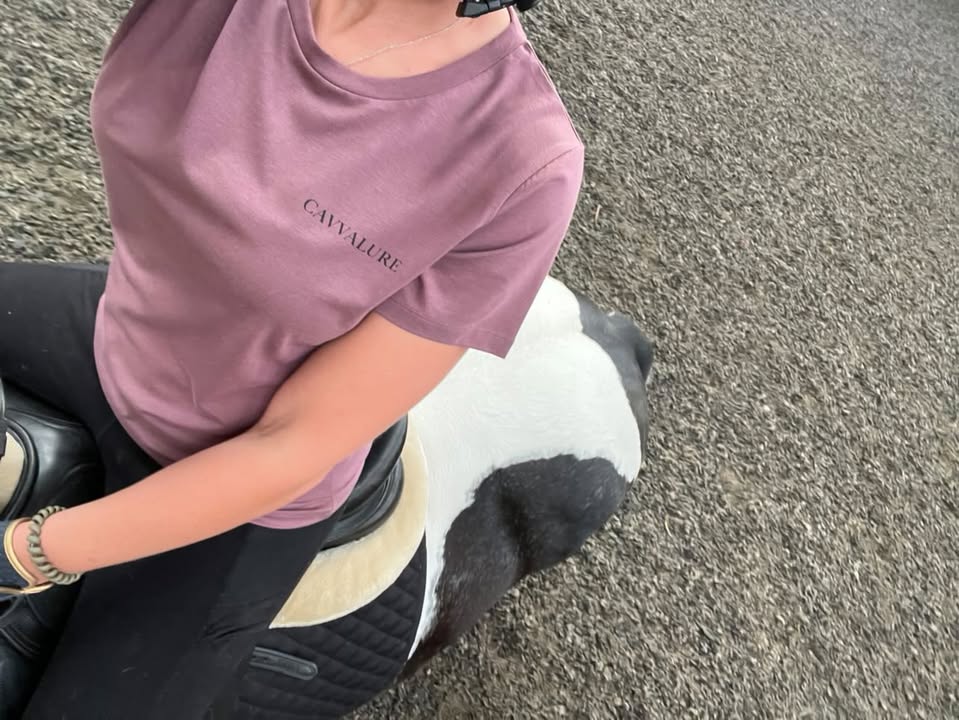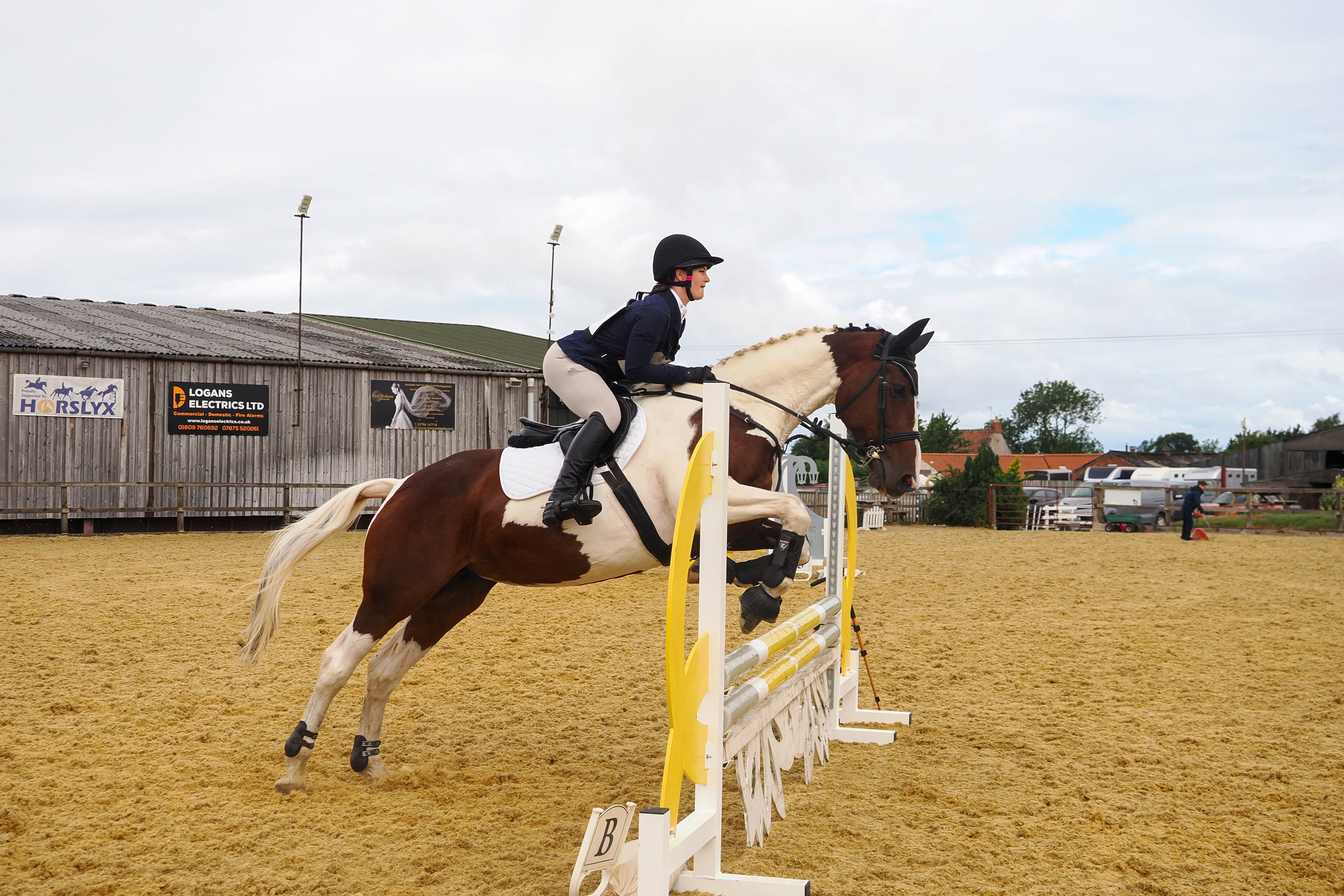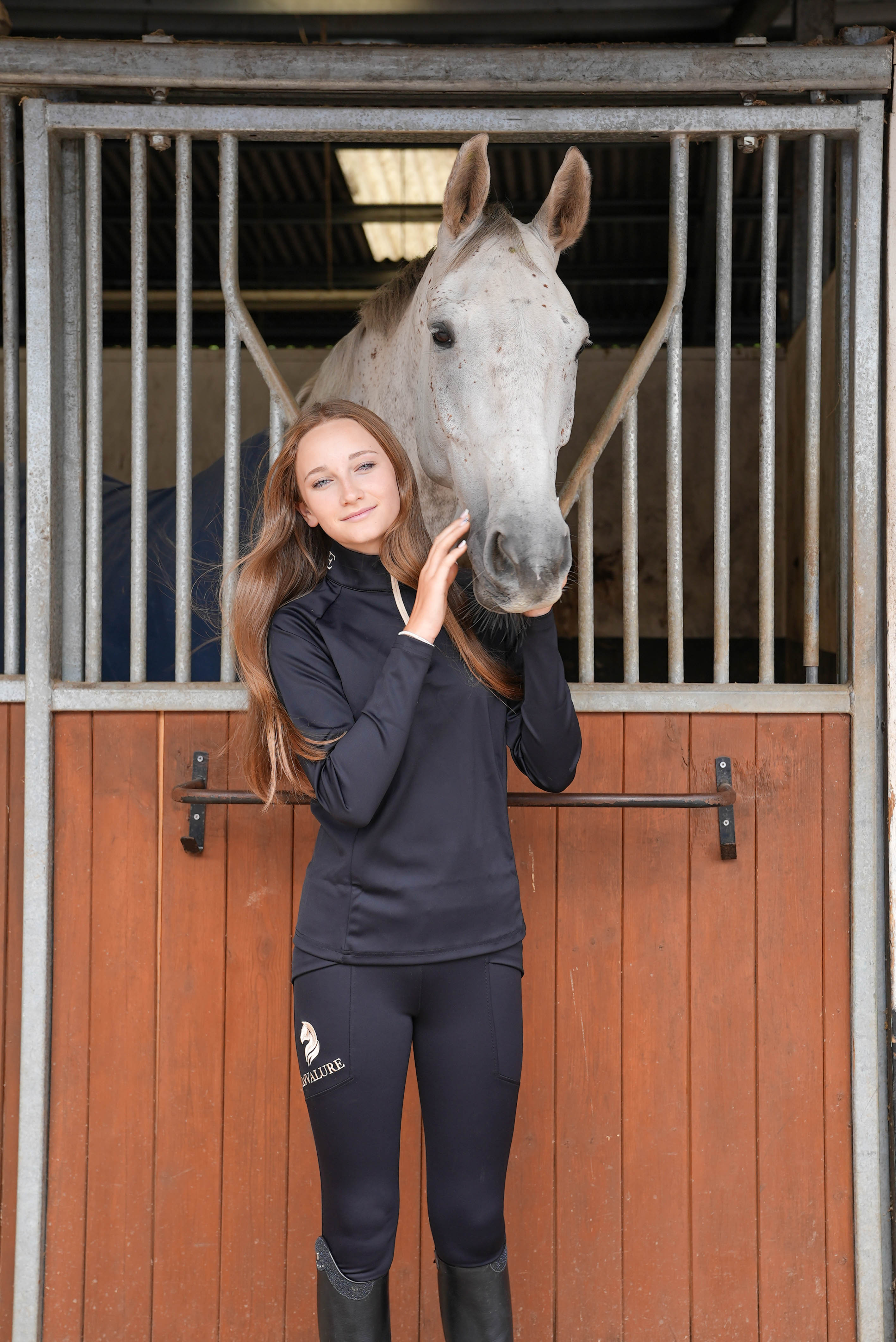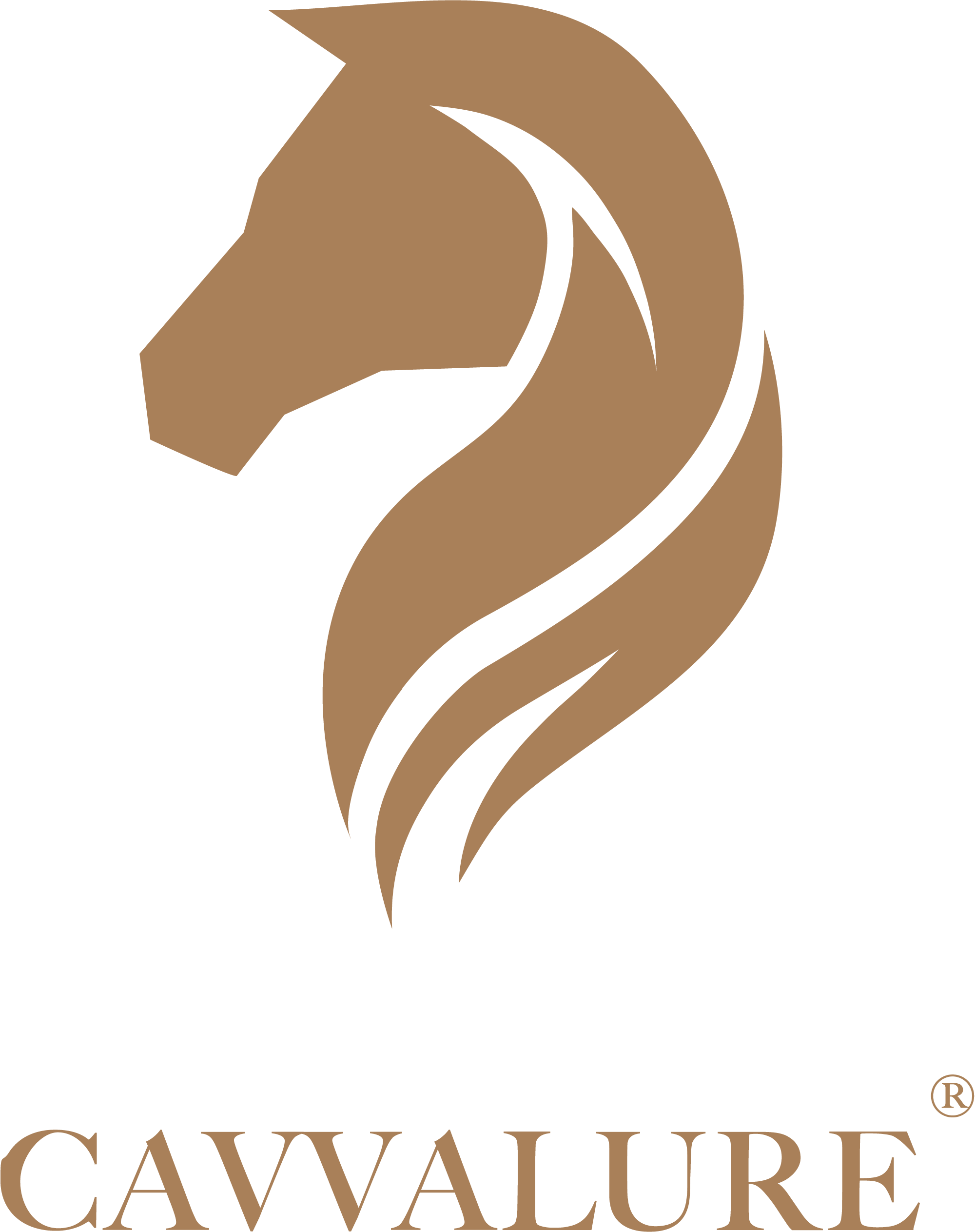Welcome to The Cavvalure Journal. For this volume, we turn our focus to the windswept heath and ancient woodlands of the English countryside, to explore the life and work of an artist who captured the raw, breathing spirit of the horse with unparalleled vigour and empathy: Lucy Kemp-Welch. In a world often dominated by serene, formal equestrian portraiture, her canvases thunder with the sound of galloping hooves and the sheer, unbridled energy of life itself.

To experience a Kemp-Welch painting is to feel the horse not just as a subject, but as a living, emotional being. From her iconic illustrations for Anna Sewell’s 1915 edition of Black Beauty to sweeping works like Forward the Guns!, her canvases breathe empathy and force. She saw the horse not simply as form, but as soul.
Her commitment to craftsmanship was unwavering. Trained under Hubert von Herkomer, Kemp-Welch had a fierce dedication to anatomical truth. Every flexed tendon, every taut muscle—she captured the mechanics of the horse with bold precision.
In Labourers of the Night, she conveys the weary strength of horses under harness. This was not the romanticism of elite riders, but the honest strain of service—of draught, of mud, of devotion. The beauty here lies in truth: in sinew, in muscle, in resilience.

She understood the elegance of motion, the glory of gallop, the bravery in burden. Her works often depicted military chargers, as seen in Forward Enlist Now, with horses charging forward in kinetic unison—manes flying, flanks taut, riders almost secondary to their equine partners.

Kemp-Welch’s ability to convey emotion through equine form is unmatched. You feel the thunder, the fear, the determination. The horses are not idealised—they are lived, felt, and honoured through every brushstroke.
As one of the most respected female equestrian artists of her time, Lucy Kemp-Welch also challenged the limitations placed on women in the art world. She directed a school, taught students, and created a legacy that shaped a more inclusive future in sporting art.
In The Ladies’ Army Remount Department, women train and care for horses during wartime—a rare depiction of equine life shaped by female strength and empathy. This scene honours not just the animal, but the women who shared in its story.

Ultimately, Kemp-Welch’s art reminds us why horses matter—not just as symbols, but as beings with whom we share an unspoken understanding. Her work, like the finest horsemanship, reflects courage, connection, and compassion. The vigorous heart she painted lives on in every rider who has loved a horse not just for what it can do, but for what it is.


